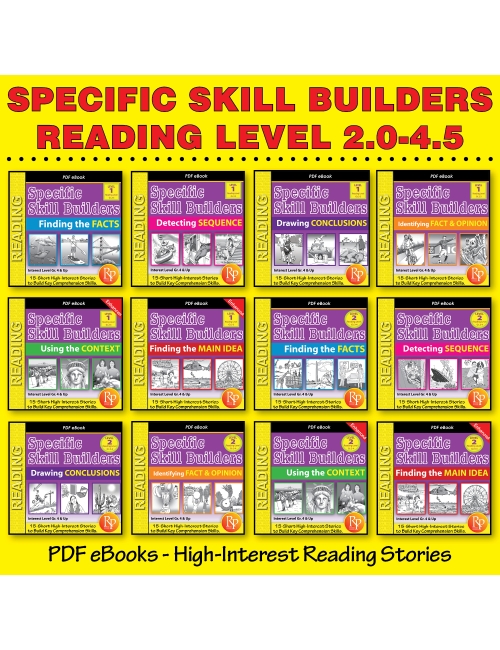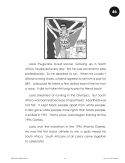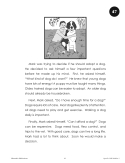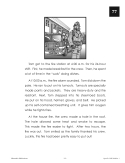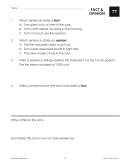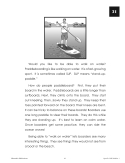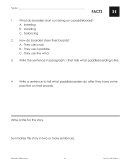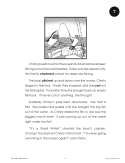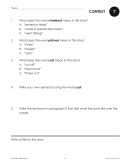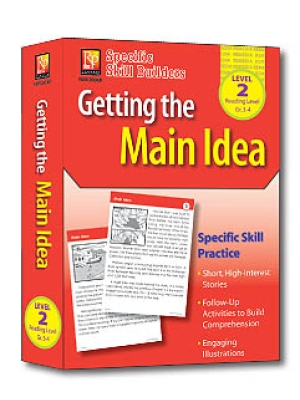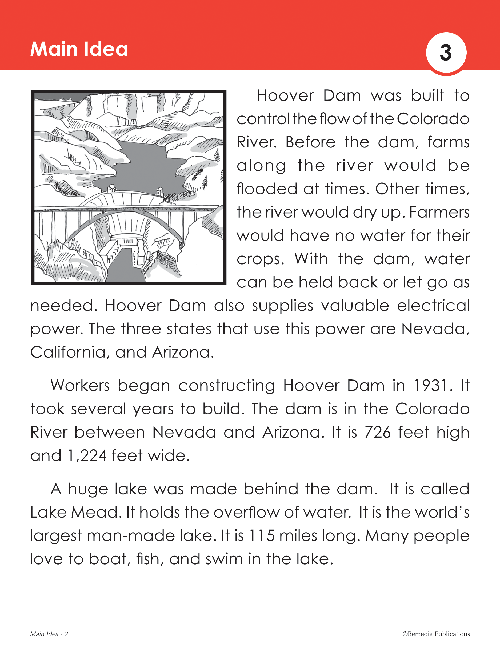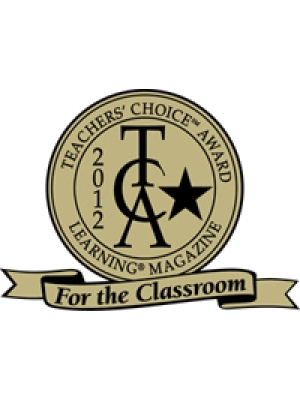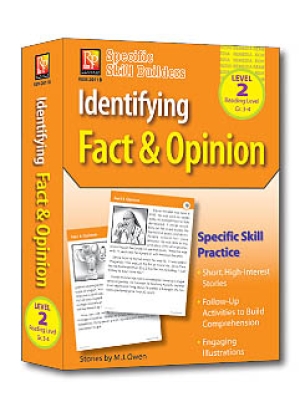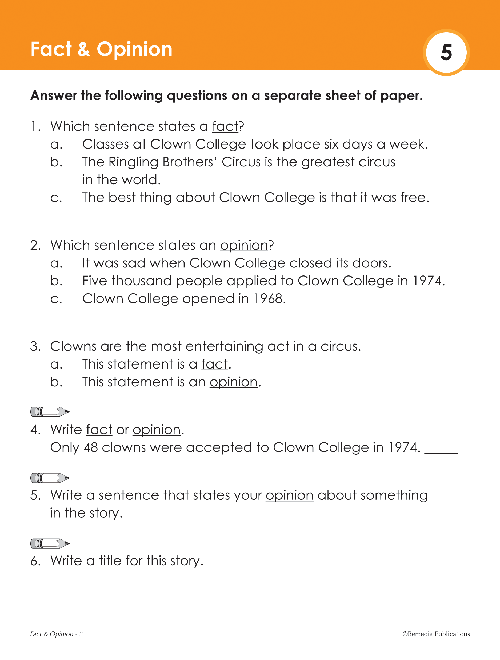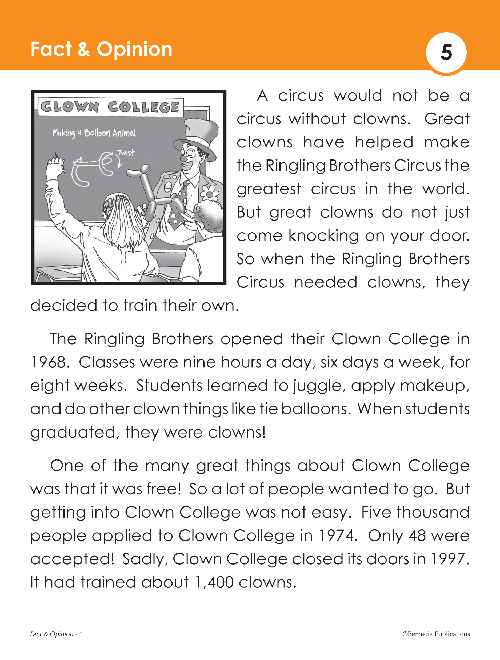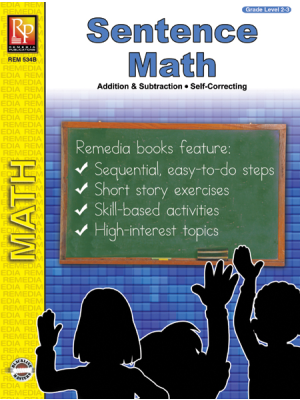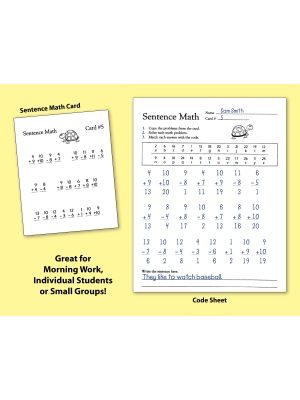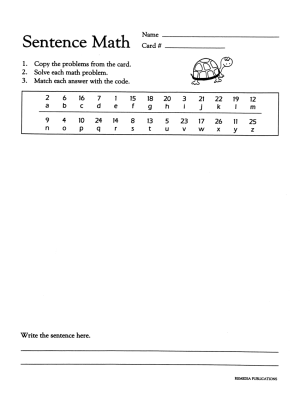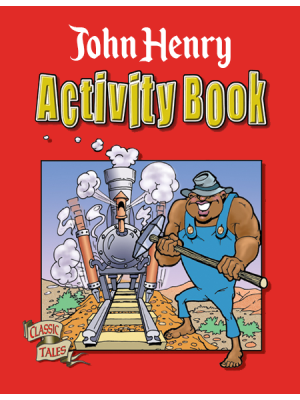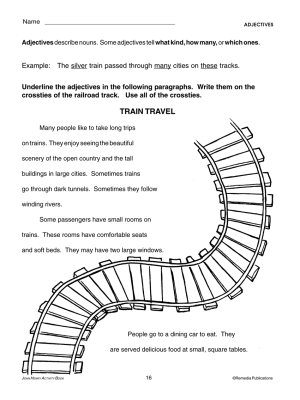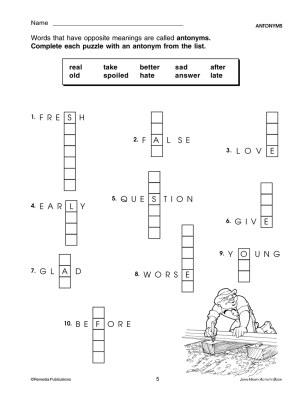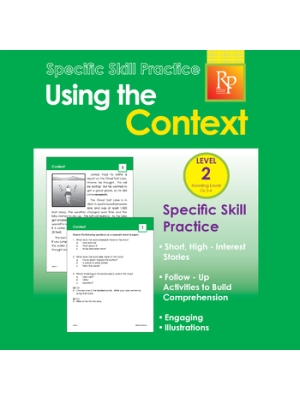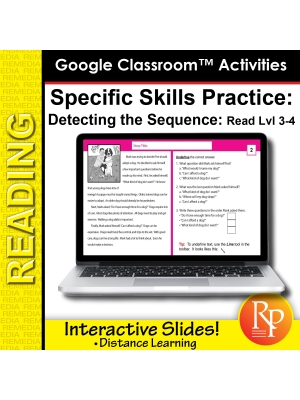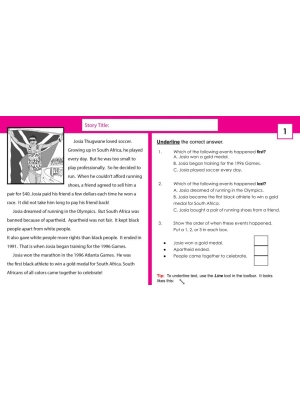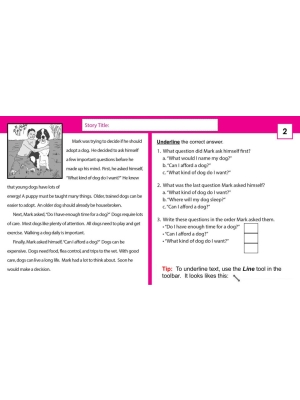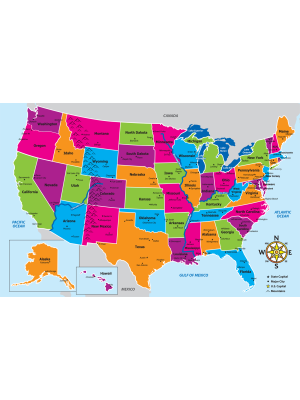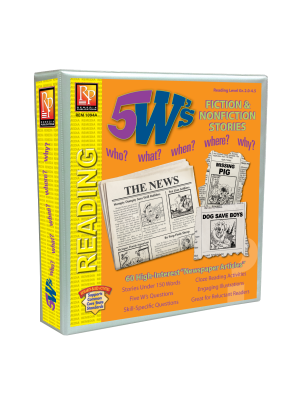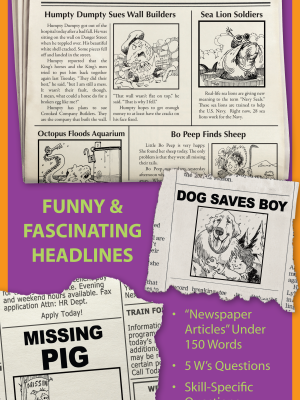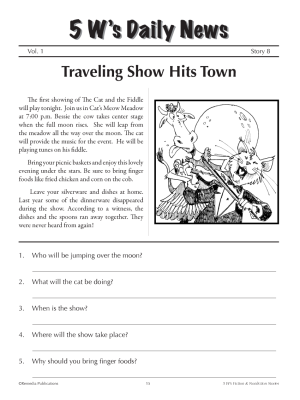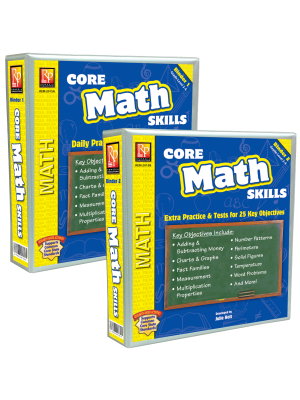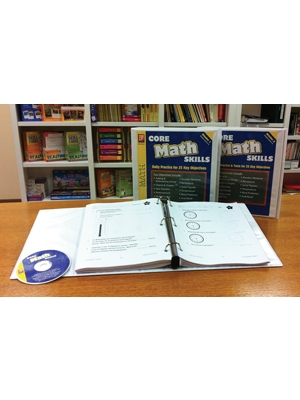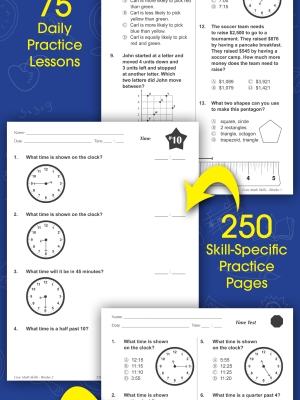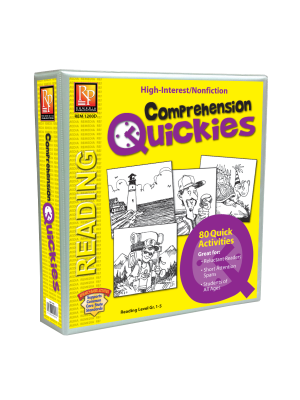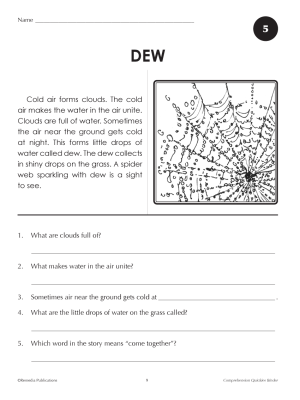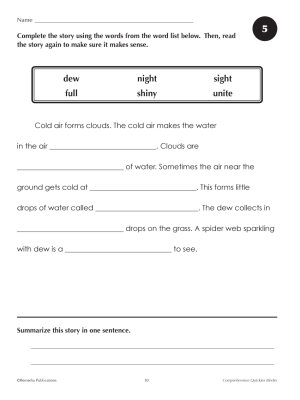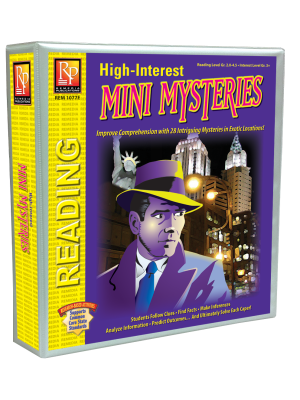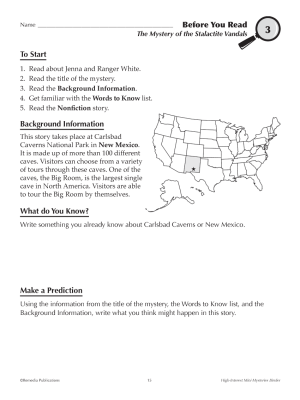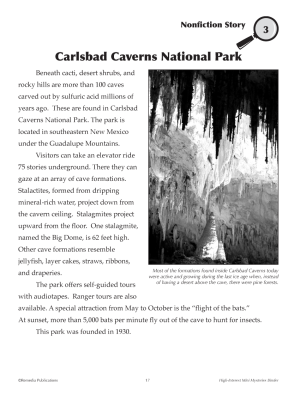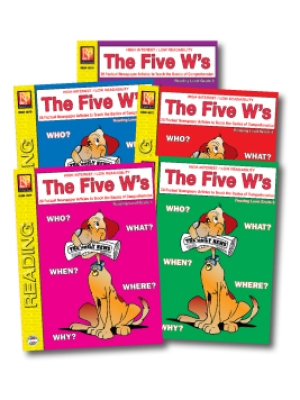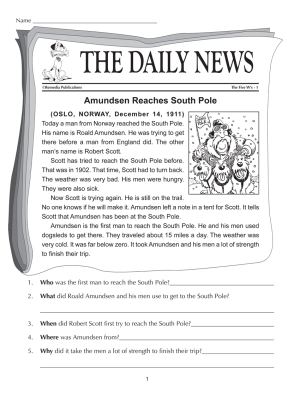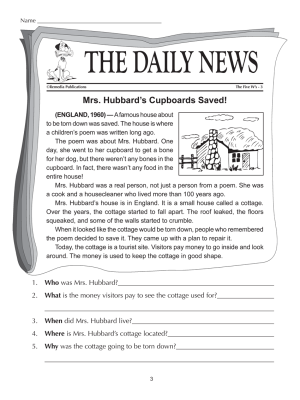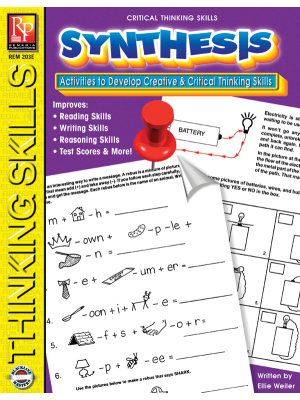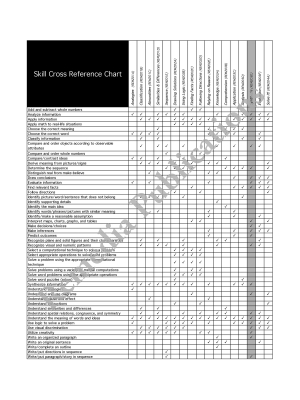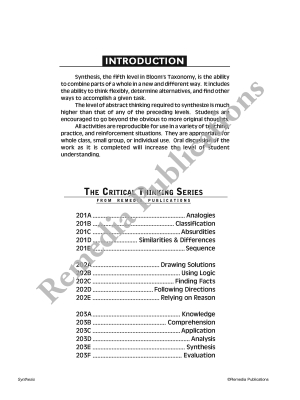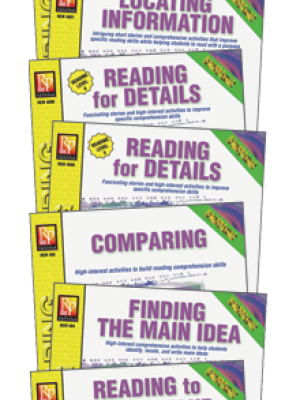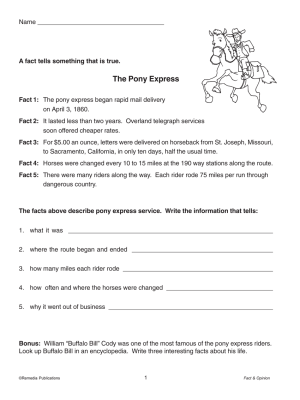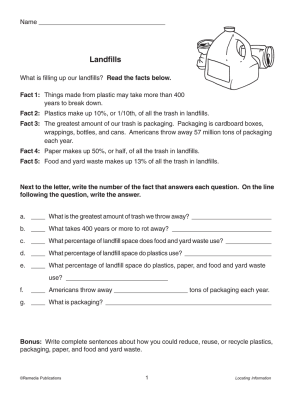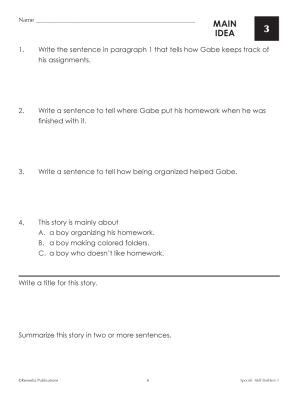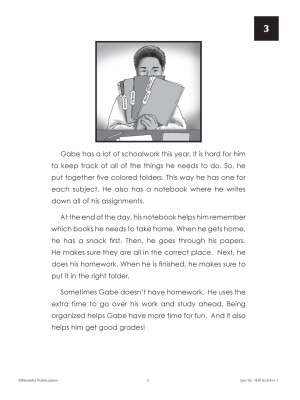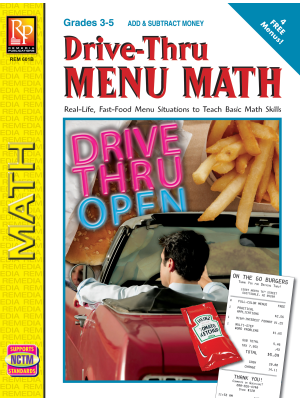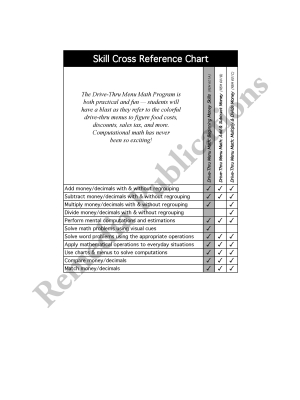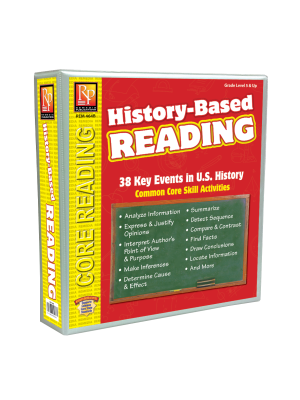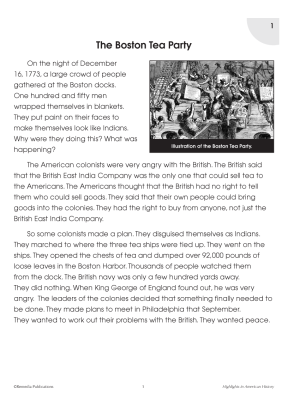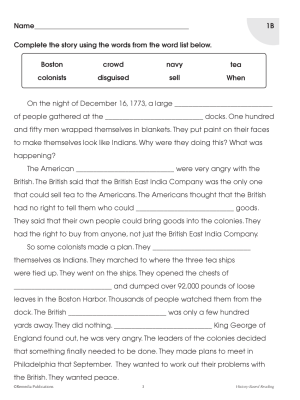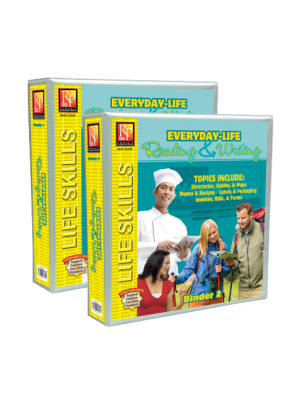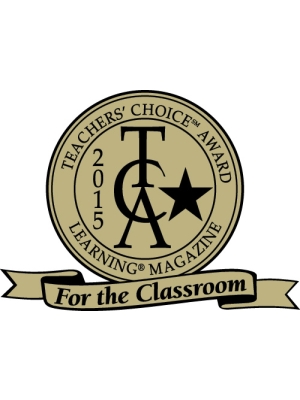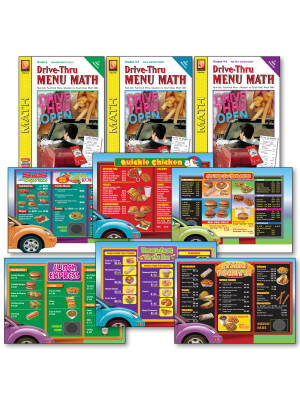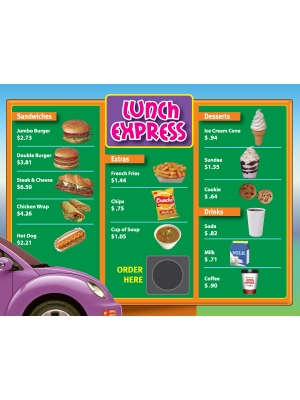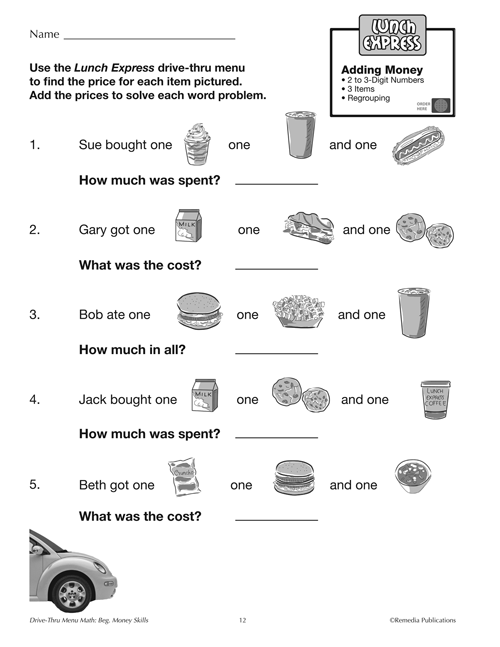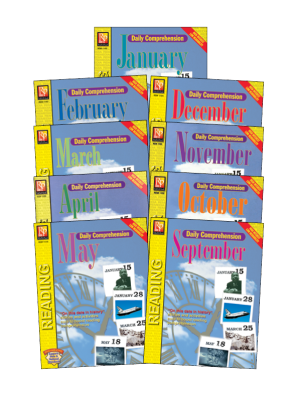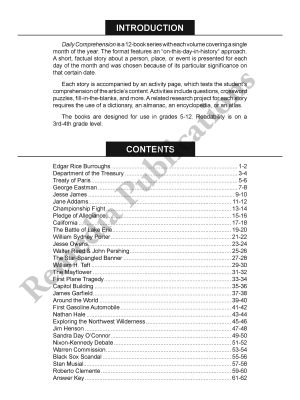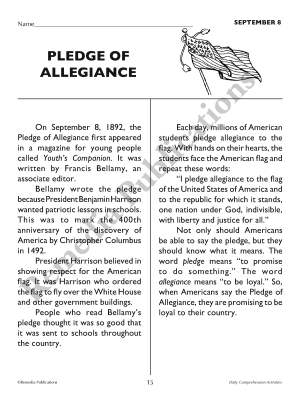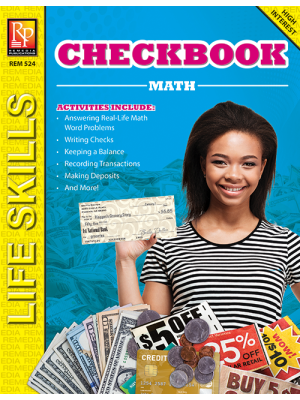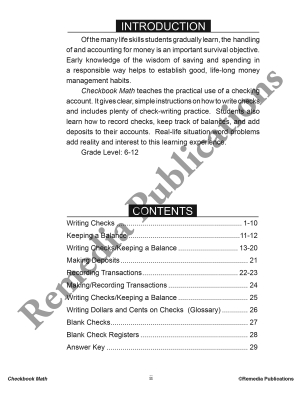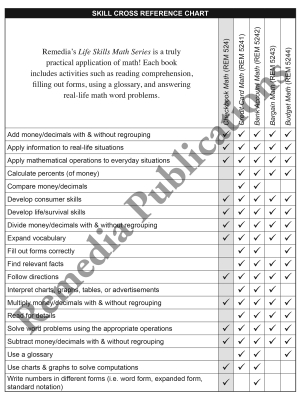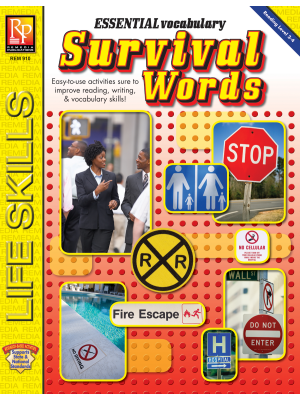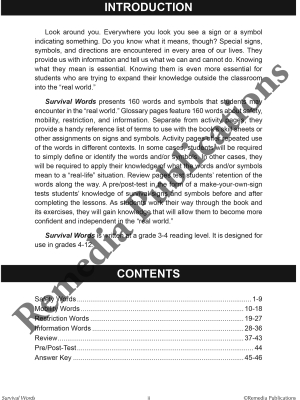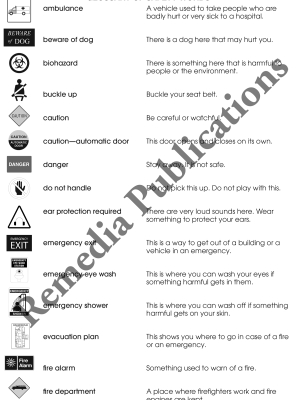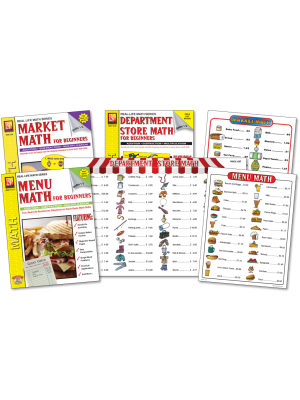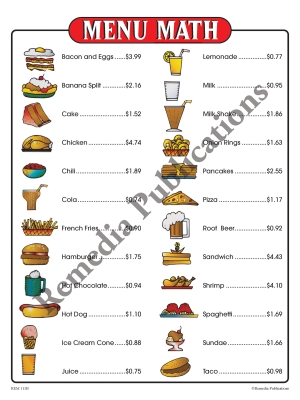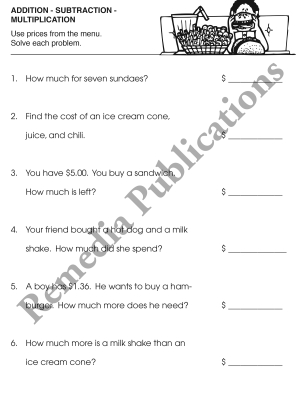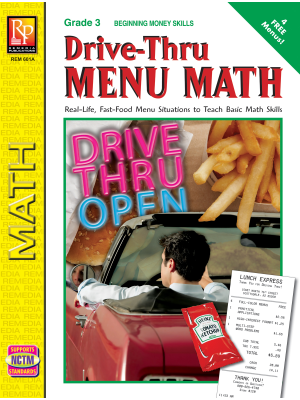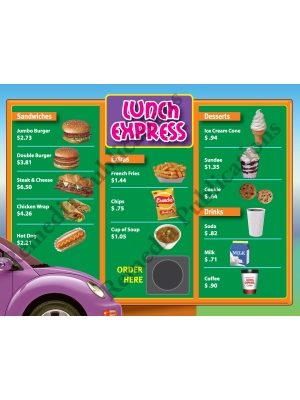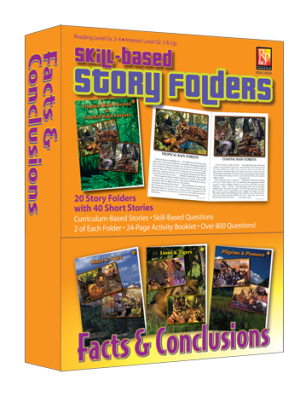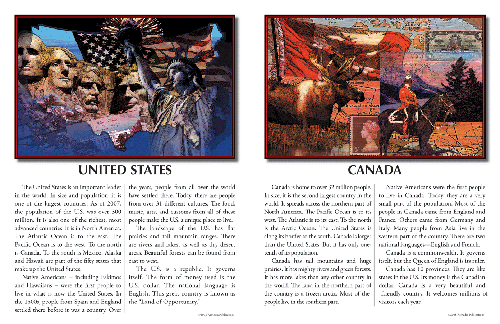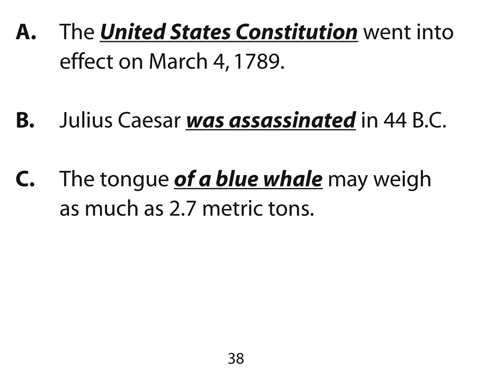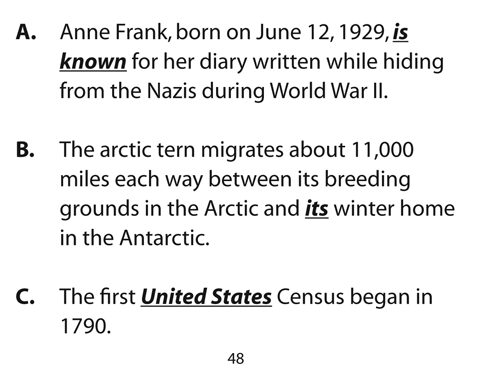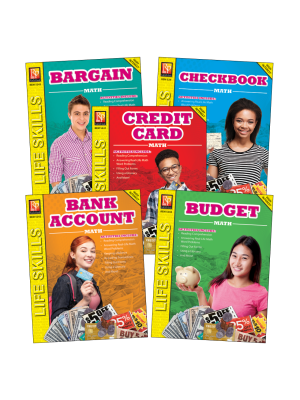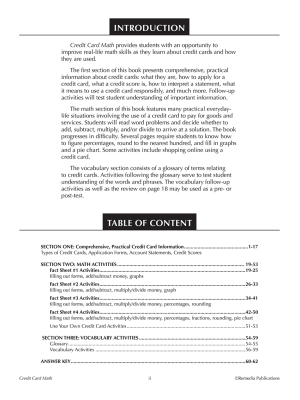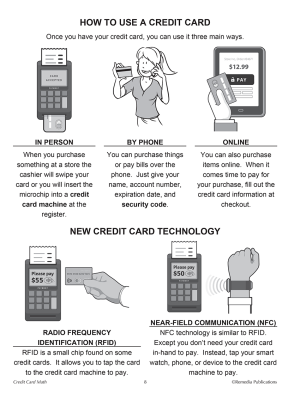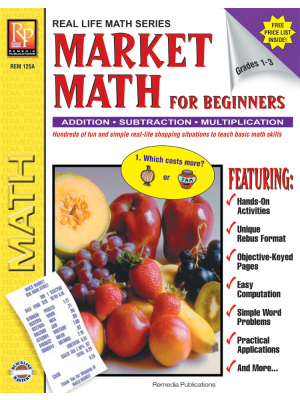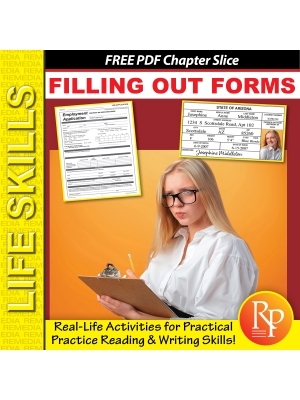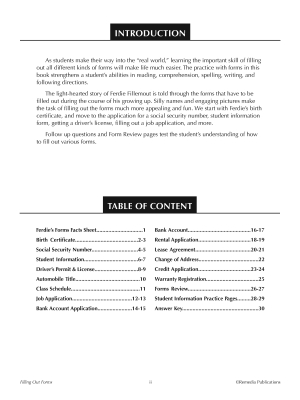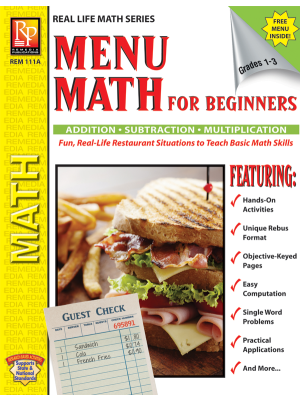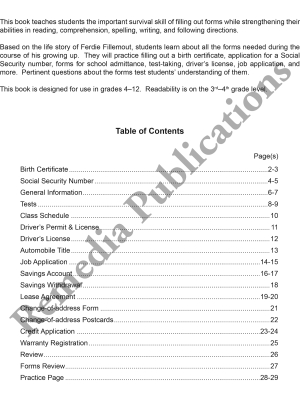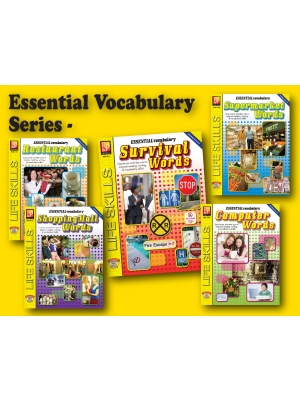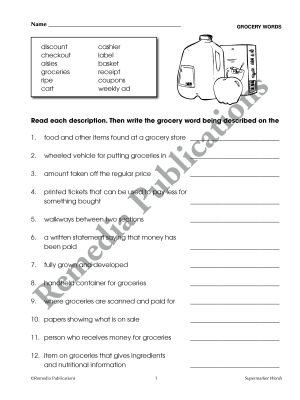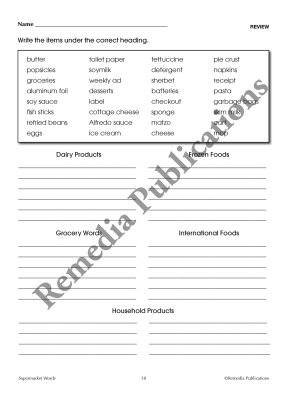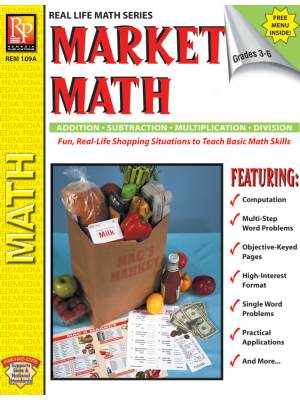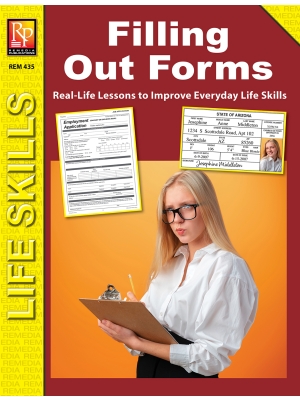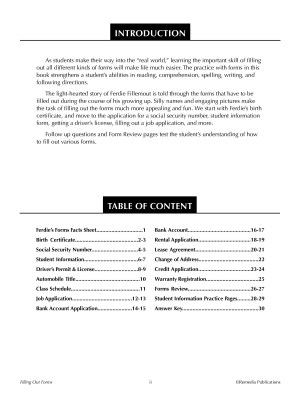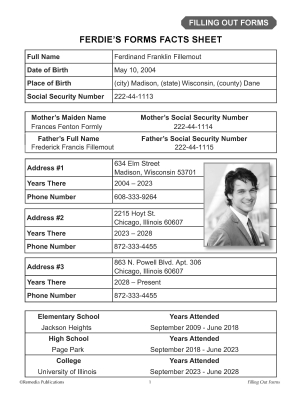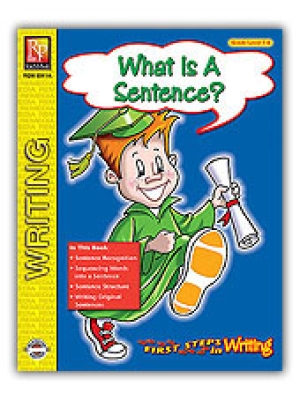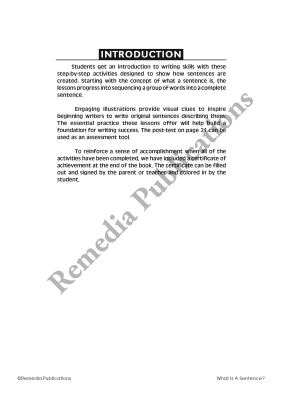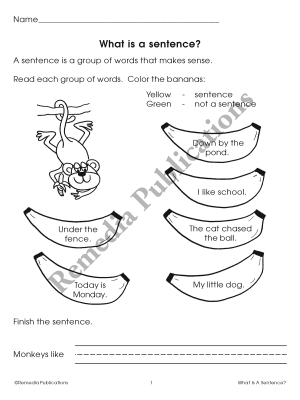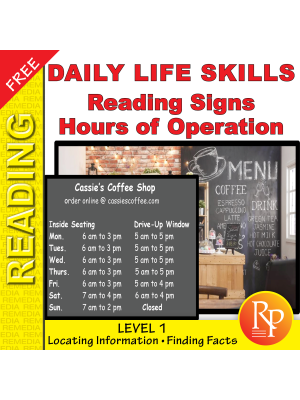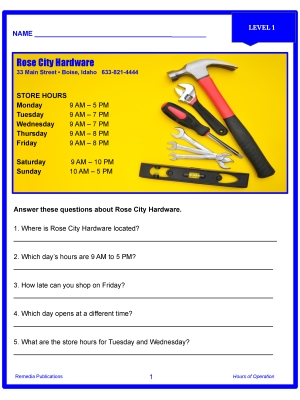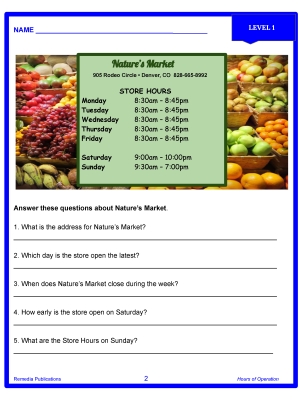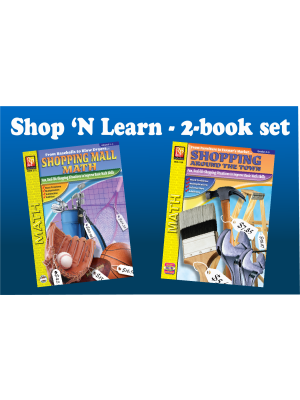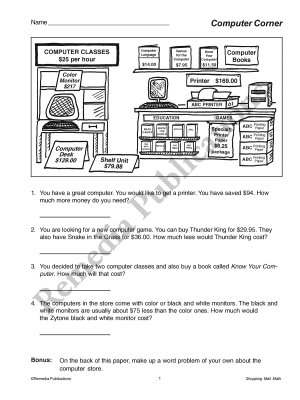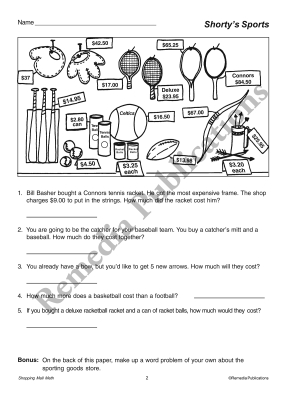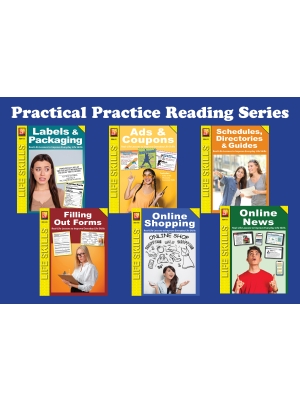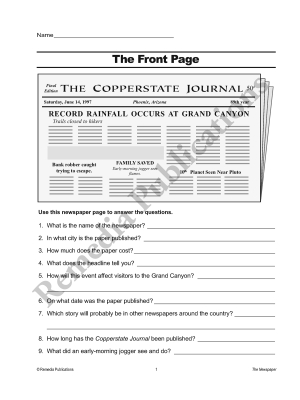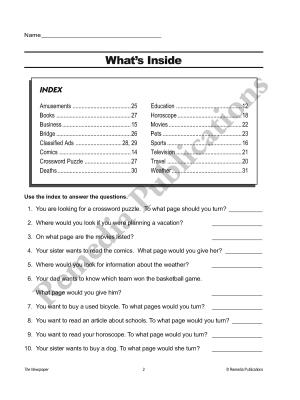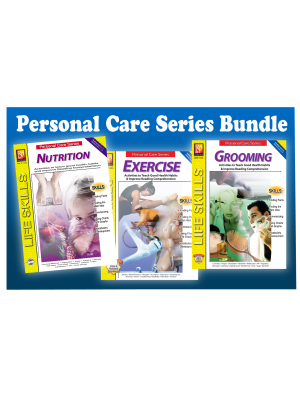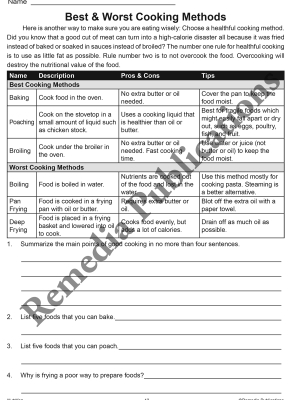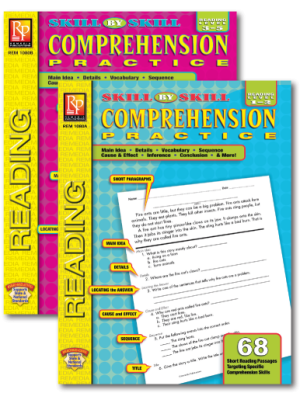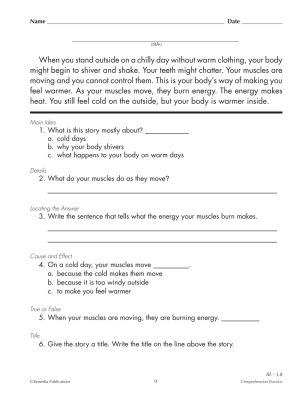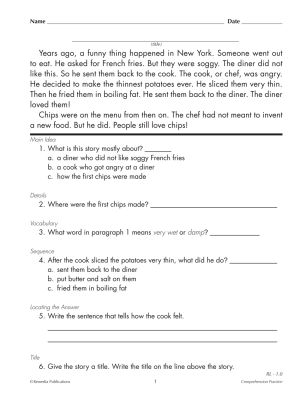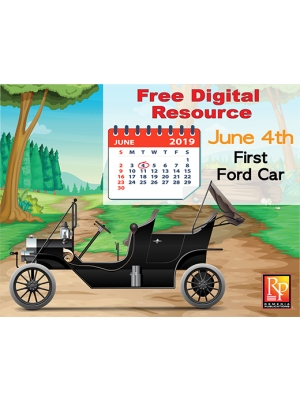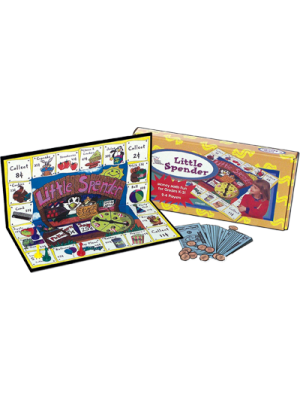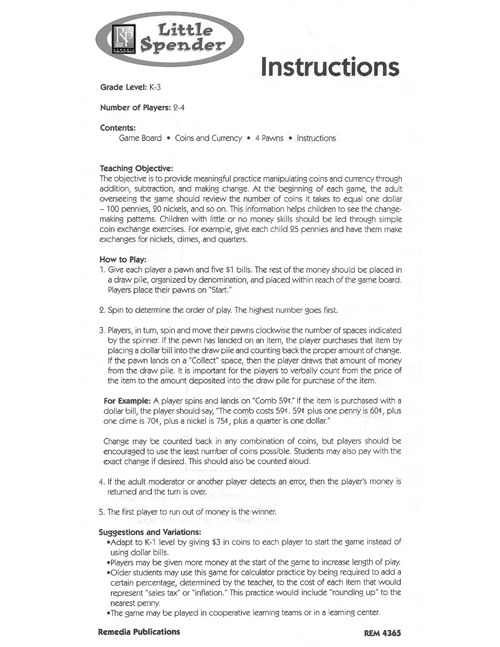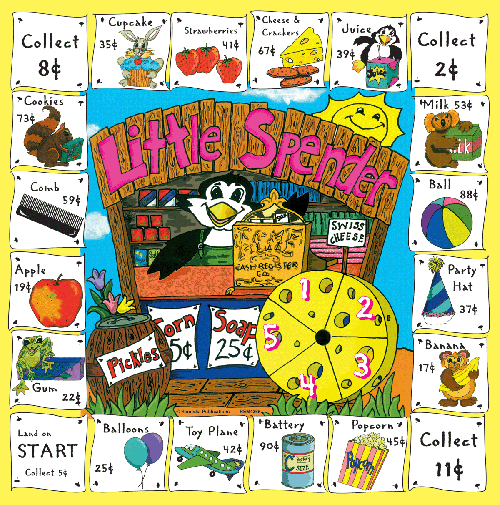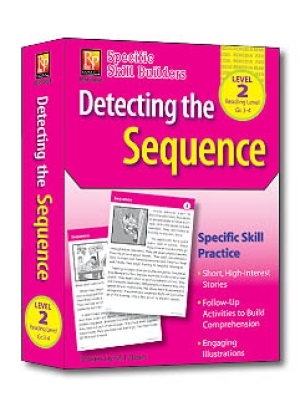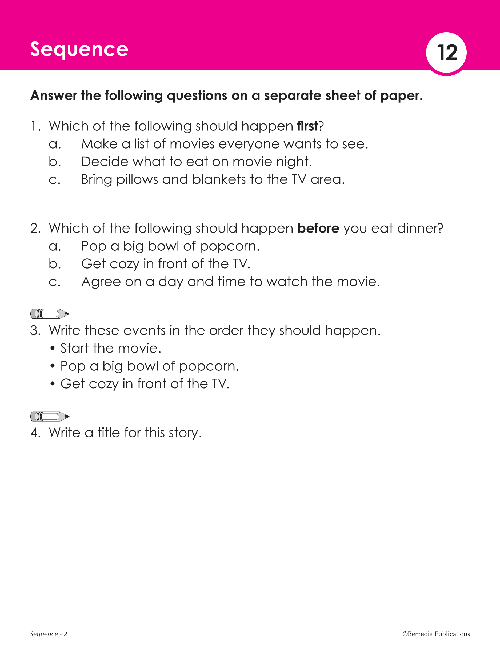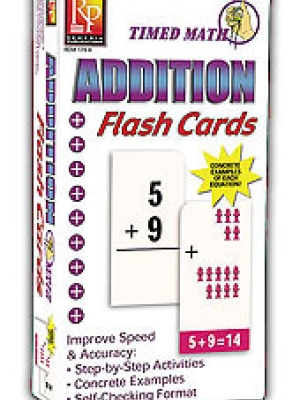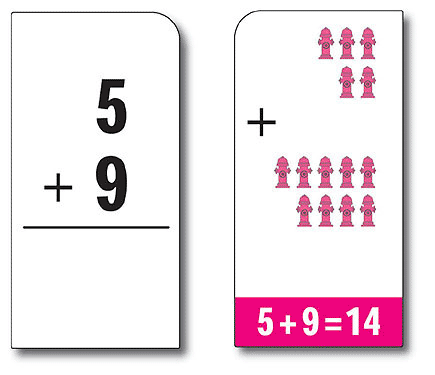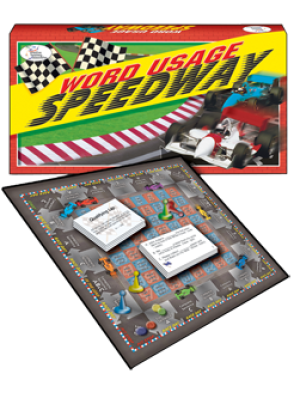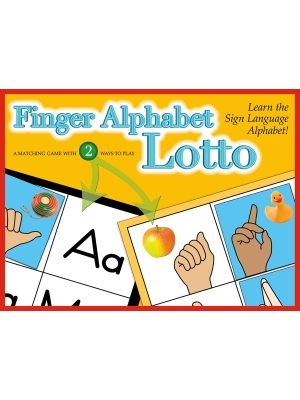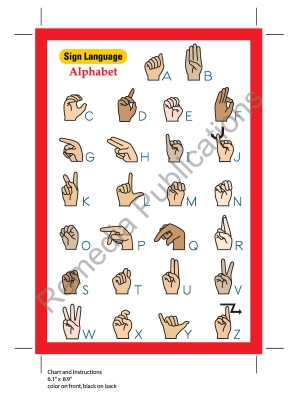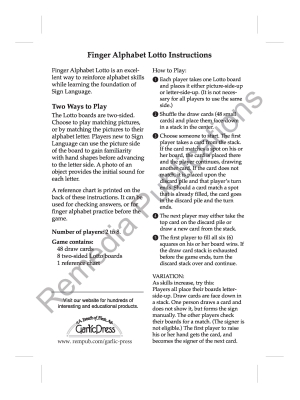Reading Skills Activities | Reading Comprehension | Fact and Opinion | Drawing Conclusions | Sequence | Finding Facts
Improve Overall Reading Comprehension with Targeted Specific Skill Practice!
Focusing on one comprehension skill at a time gives students the opportunity to master that skill and improve their general reading and comprehension skills.
Fact & Opinion: Being able to tell a fact from an opinion is an important reading skill to master. It allows the reader to make a sound judgment about the information presented in a story. To introduce this skill, explain the difference between a fact and an opinion. Fact: a fact is something that is true about a subject. It can be tested and proven. Opinion: an opinion is what someone thinks or feels about a subject.
Drawing Conclusions: Being able to draw a conclusion is a higher-level comprehension skill. It can be confusing. A conclusion is not something that is directly stated in a story. Students must conclude something based on reading the details of a story. Introduce students to the concept of drawing a conclusion by explaining that this means making a decision about something you have read based on information in the story. Conclusions can fill in the meaning of a story.
Finding Facts:
Being able to find the facts in a story is a basic, yet essential, comprehension skill. It helps to lay the foundation for success in mastering other comprehension skills.
You may want to introduce this skill by explaining to students that facts are small bits of information that make up the whole of a story.
Sequence:
Understanding the sequence of a story means knowing the order in which events happen. A good introduction to this skill, is explaining that sequence is about time.
Most events in a story are written in chronological order. There are things that happen in the beginning, middle, and end of a story.
Skill Specific Activities
There are 15 high-interest, short stories in this selection that include a variety of fiction and non-fiction topics. The follow up questions guide students to find the facts. The facts might be who, what, where or when. Or they might be the names of people and places, dates, times, and numbers.
Each story is numbered instead of having a title. The last question for each story asks the students to give the story a title. This important activity helps to determine the student’s level of understanding the story’s main idea.
Visual Lesson
Each story has an engaging illustration designed to bring the story to life and help capture the interest of reluctant readers. To help sharpen inference skills, students can be asked to use the illustration to predict what the story is about.
Teaching Opportunities
These targeted activities are great for one-on-one intervention, small groups of students at multiple skill levels or whole class participation. Can be used for remediation, review, and transition classes.
Details:
Each short story is between 140 and 160 words and is written at a 2.0 to 4.5 reading level according to the Flesch-Kincaid Readability Scale. The interest level is grades 3 and up.
Contents Include:
• 120 high-interest, short stories
• 120 pages of skill-specific questions
• Answer Key
Specific Skill Builders COMPLETE SET: Reading Lvl 2-4.5 | Short Passages | Activities
- Product Code: EREM 4369
- Viewed: 655
- Availability: In Stock
$75.99
Reading Skills Activities | Reading Comprehension | Fact and Opinion | Drawing Conclusions | Sequence | Finding Facts
Improve Overall Reading Comprehension with Targeted Specific Skill Practice!
Focusing on one comprehension skill at a time gives students the opportunity to master that skill and improve their general reading and comprehension skills.
Fact & Opinion: Being able to tell a fact from an opinion is an important reading skill to master. It allows the reader to make a sound judgment about the information presented in a story. To introduce this skill, explain the difference between a fact and an opinion. Fact: a fact is something that is true about a subject. It can be tested and proven. Opinion: an opinion is what someone thinks or feels about a subject.
Drawing Conclusions: Being able to draw a conclusion is a higher-level comprehension skill. It can be confusing. A conclusion is not something that is directly stated in a story. Students must conclude something based on reading the details of a story. Introduce students to the concept of drawing a conclusion by explaining that this means making a decision about something you have read based on information in the story. Conclusions can fill in the meaning of a story.
Finding Facts:
Being able to find the facts in a story is a basic, yet essential, comprehension skill. It helps to lay the foundation for success in mastering other comprehension skills.
You may want to introduce this skill by explaining to students that facts are small bits of information that make up the whole of a story.
Sequence:
Understanding the sequence of a story means knowing the order in which events happen. A good introduction to this skill, is explaining that sequence is about time.
Most events in a story are written in chronological order. There are things that happen in the beginning, middle, and end of a story.
Skill Specific Activities
There are 15 high-interest, short stories in this selection that include a variety of fiction and non-fiction topics. The follow up questions guide students to find the facts. The facts might be who, what, where or when. Or they might be the names of people and places, dates, times, and numbers.
Each story is numbered instead of having a title. The last question for each story asks the students to give the story a title. This important activity helps to determine the student’s level of understanding the story’s main idea.
Visual Lesson
Each story has an engaging illustration designed to bring the story to life and help capture the interest of reluctant readers. To help sharpen inference skills, students can be asked to use the illustration to predict what the story is about.
Teaching Opportunities
These targeted activities are great for one-on-one intervention, small groups of students at multiple skill levels or whole class participation. Can be used for remediation, review, and transition classes.
Details:
Each short story is between 140 and 160 words and is written at a 2.0 to 4.5 reading level according to the Flesch-Kincaid Readability Scale. The interest level is grades 3 and up.
Contents Include:
• 120 high-interest, short stories
• 120 pages of skill-specific questions
• Answer Key

